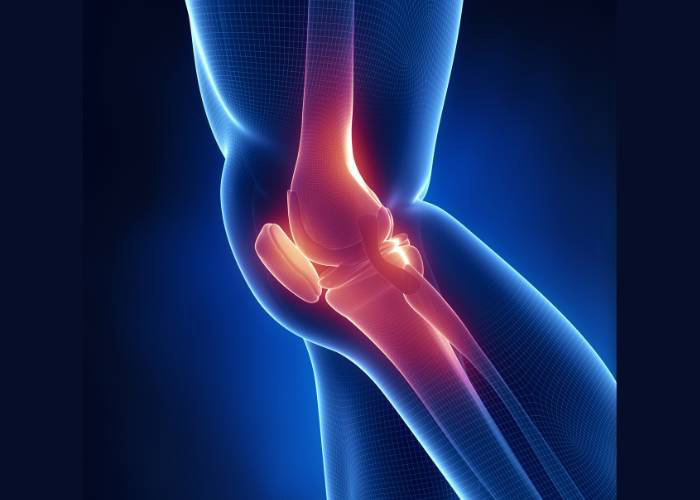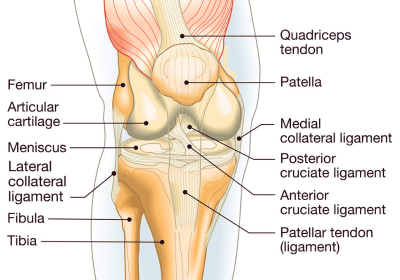PLC Reconstruction Surgeon
The posterolateral corner of the knee can become injured during sports, a serious fall or from damage over time. Selecting a surgeon with experience performing posterolateral reconstruction is crucial to a positive outcome. Dr. Prem Ramkumar, posterolateral reconstruction surgeon, is located in Long Beach and serves patients in Los Angeles, Orange County, and surrounding Southern California areas. Contact Dr. Ramkumar’s team today!

What is a posterolateral corner (PLC) knee injury?
Three ligaments make up the posterolateral corner of the knee:
- Fibular collateral ligament (FCL)
- Popliteus tendon (PLT)
- Popliteofibular ligaments (PFL)
These ligaments are located on the outside and back of the knee joint and help with side-to-side stability while pivoting.
It is common to sustain a PLC injury with another knee injury such as an anterior cruciate ligament (ACL) tear or a posterior cruciate ligament (PCL) tear. PLC injuries are typically the result of high-energy sports collisions or motor vehicle accidents and are often severe. Symptoms include instability, pain, swelling, and a feeling of looseness in the joint.
Posterolateral corner injuries receive a grade from one to three. If you have a grade three PLC injury – all three ligaments in the PLC have ruptured, and you will need posterolateral corner reconstruction surgery. Dr. Prem Ramkumar, posterolateral corner reconstruction surgeon, is located in Long Beach and serves patients in Los Angeles, Orange County, and surrounding Southern California areas.
What is posterolateral corner (PLC) reconstruction?
Posterolateral corner reconstruction is a surgical procedure to repair or reconstruct the three ligaments that make up the posterolateral corner of the knee. Dr. Ramkumar uses tissue grafts to replace the FCL, PLT, and PFL. Grafts come from the patient (autograft) or a donor (allograft). The doctor will harvest the patient’s hamstring tendon. Allografts come from the Achilles tendon, patellar tendon, or hamstring tendons.

How is a posterolateral corner reconstruction performed?
Before a posterolateral corner reconstruction, an anesthesiologist will put you to sleep. Dr. Ramkumar will make an incision on the outside of the leg and knee to expose all the injured ligaments, tendons, and other areas of the PLC. He will carefully evaluate the extent of the damage and use sutures, screws, or staples to make repairs. Dr. Ramkumar will then use an autograft or an allograft (previously harvested) to reconstruct the torn ligaments and tendons that are beyond repair. The grafts are anchored to the bones and then tensioned to restore stability to the joint. Once the procedure is complete, the incision is closed with sutures or staples and covered with a dressing. Posterolateral corner reconstruction is typically day surgery, but an overnight stay may be necessary if the patient has other health conditions.
What are the risks of posterolateral corner reconstruction?
As with any surgery, there is a risk of infection, bleeding, nerve damage, and blood clots after posterolateral corner reconstruction surgery, but such events are rare. Antibiotics are administered before the procedure to reduce the risk of infection. Following all of Dr. Ramkumar’s post-operative protocols will ensure a full recovery.
How long does it take to recover from posterolateral corner reconstruction?
The recovery from posterolateral corner reconstruction varies based on the extent of the injury, your age, and how well you follow Dr. Ramkumar’s post-operative instructions. You can expect to use crutches for 2-4 weeks and wear a knee brace for up to six weeks. You can begin toe-touch weight-bearing with the crutches and progress to full weight-bearing activities when Dr. Ramkumar gives you the okay. You can resume normal household activities between 4-6 weeks after surgery. A full recovery to sports can take up to 9 months.


